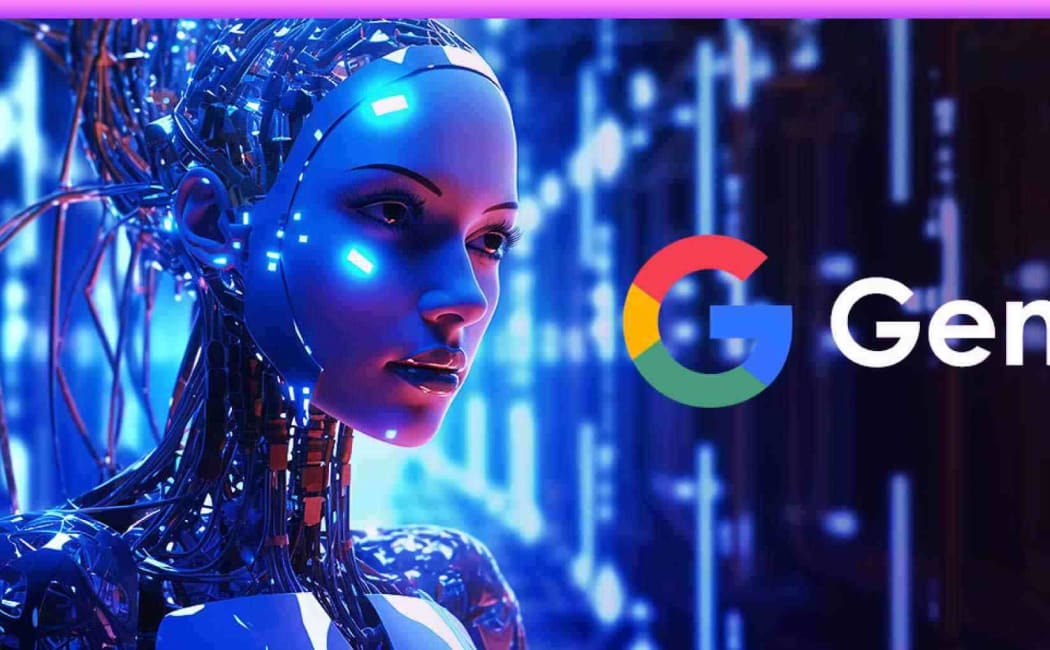Jensen Huang Raves About Google Gemini’s Nano Banana & How He Uses AI Daily

In London, NVIDIA’s CEO Jensen Huang didn’t hold back when talking about Google Gemini’s latest image-generation marvel, Nano Banana. The tool, launched by Google DeepMind, lets users perform precise edits on images—keeping faces, pets, or background elements intact—and Huang is clearly smitten. It’s become not just a viral trend but a cultural moment in how people edit photos.
What is Nano Banana and Why It’s Blowing Up
Called Gemini 2.5 Flash Image under the hood, **Nano Banana** enables dynamic, creative edits: changing outfits, blending styles, altering backgrounds without ruining likeness. It preserves defining features, something many AI image tools struggle with. Such consistency is part of why it has turned into a major social media sensation.
Early stats show Gemini saw a huge surge in image generation after Nano Banana’s release—a sign that people are eager to use tools that are intuitive, playful, and powerful.
How Huang Uses AI Daily
Huang revealed he uses several of the top AI tools depending on need:
- Gemini for technical or research-heavy tasks.
- Grok when creativity or artistic flair is required.
- Perplexity for fast, digestible summaries and fact finding.
- ChatGPT for more casual, everyday writing and ideation.
Nano Banana’s Viral Surge & Cultural Impact
Since its introduction, Nano Banana has not only achieved high technical praise but also entered “viral trend” territory. Users are turning selfies into toy-like figurines, creating stylized art, and sharing edits everywhere. The new Gemini image-editing upgrade—even just changing backgrounds or blending images—is being used in creative ways across social media.
One key reason for the hoards of images is that *Nano Banana* keeps the “you” in the picture. It doesn’t distort your face when you change outfits or settings—so people trust it more. That trust helps virality.
Huang’s AI Philosophy: Democratization & Everyday Use
Beyond the tools, Huang repeatedly emphasizes that AI should be available to everyone—not just specialists. He believes tools like Nano Banana show how accessible image generation and editing can become. He says such tech can help with writing, research, speech prep, creativity, and decision-making. It’s not just about flashy demos—it’s about real life impact.
Potential Concerns & What to Watch
No tool is perfect. Some issues people mention: sometimes the editing falls short with complex prompts; image consistency can get weird if too many edits are layered; some worry about over-use of AI-generated content and misuse. But the overall feedback is that Nano Banana hits a really strong balance of usability, precision, and fun.
Final Thoughts
In short, Jensen Huang’s public admiration of *Nano Banana* isn’t just hype—it reflects a broader shift in how AI image editing is evolving. Tools are becoming more capable, more creative, and more aligned with what users want. If you’re into AI art, image generation, or digital creativity, this moment with *Gemini Nano Banana* is one to watch. Not just for what it does now, but for what it signals about how AI will be woven into everyday life.
